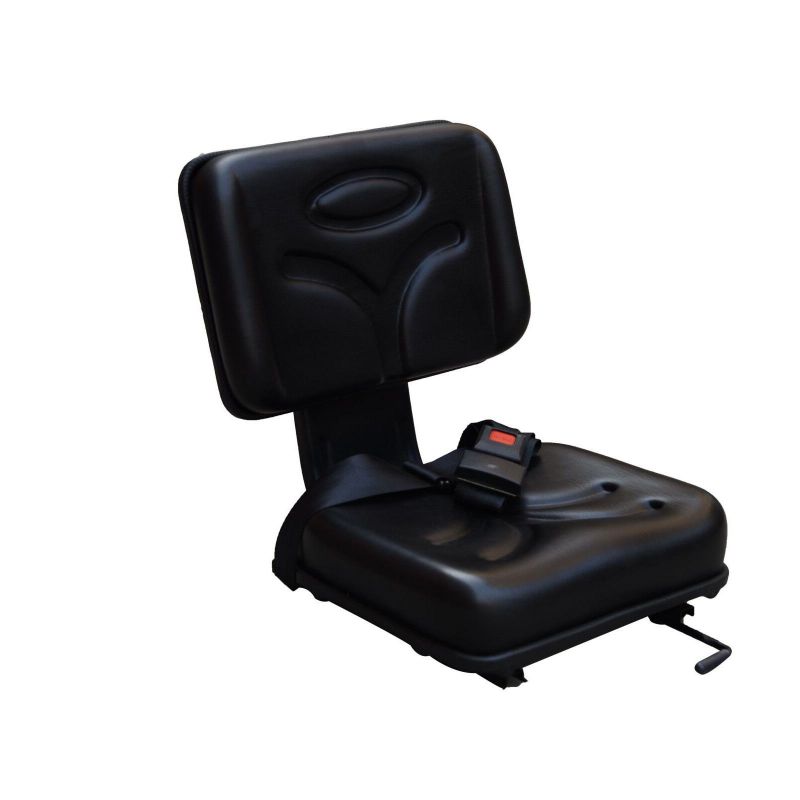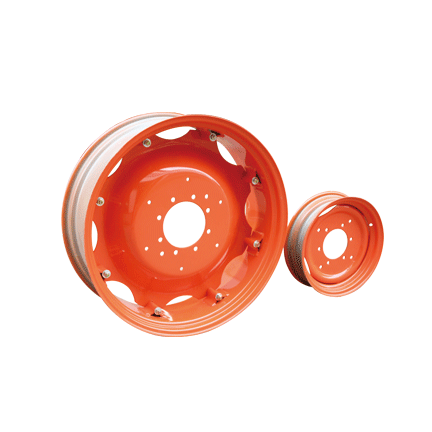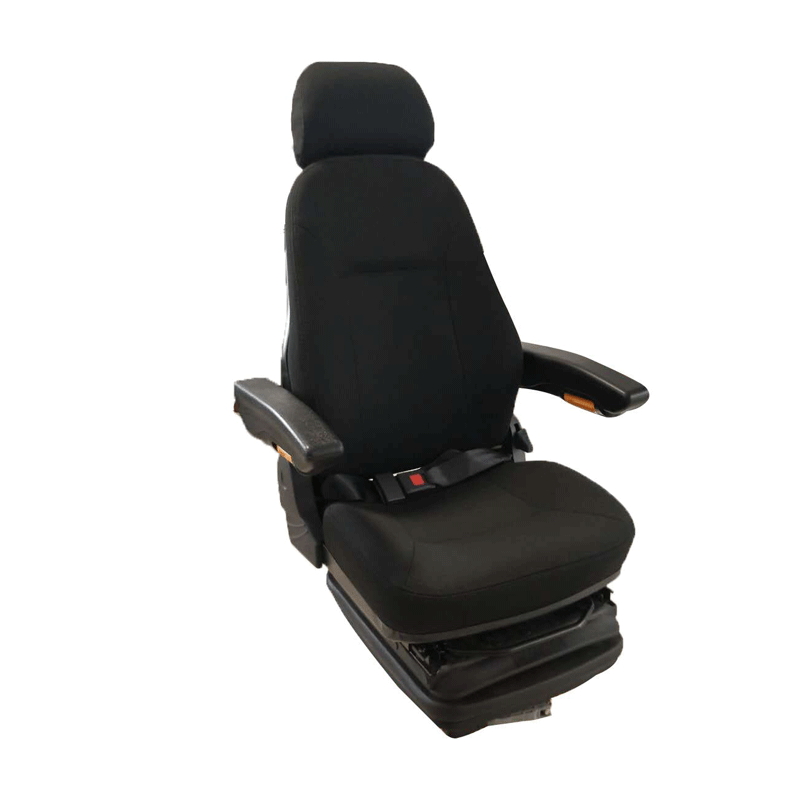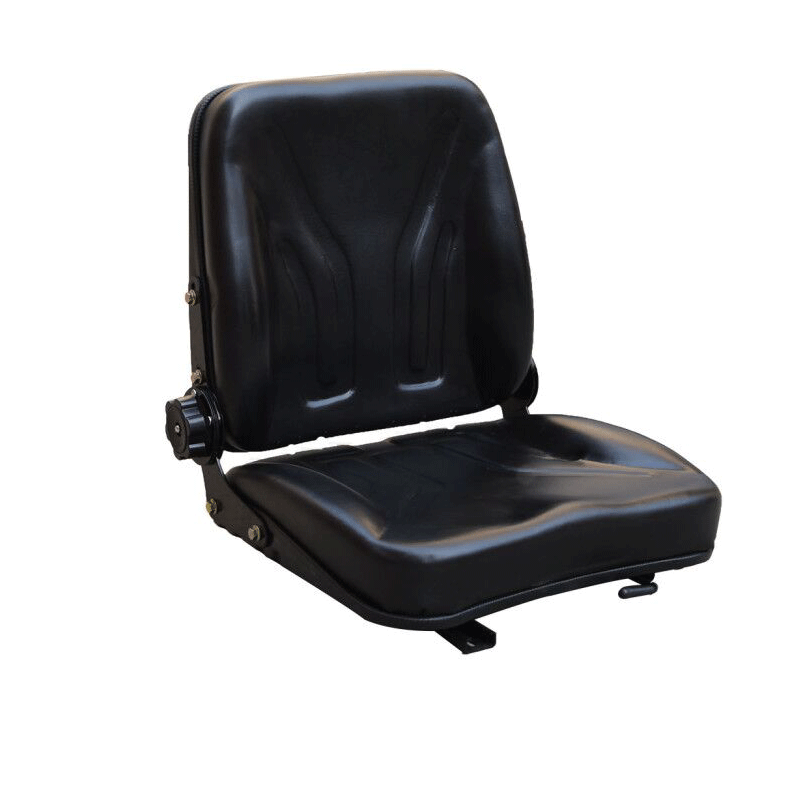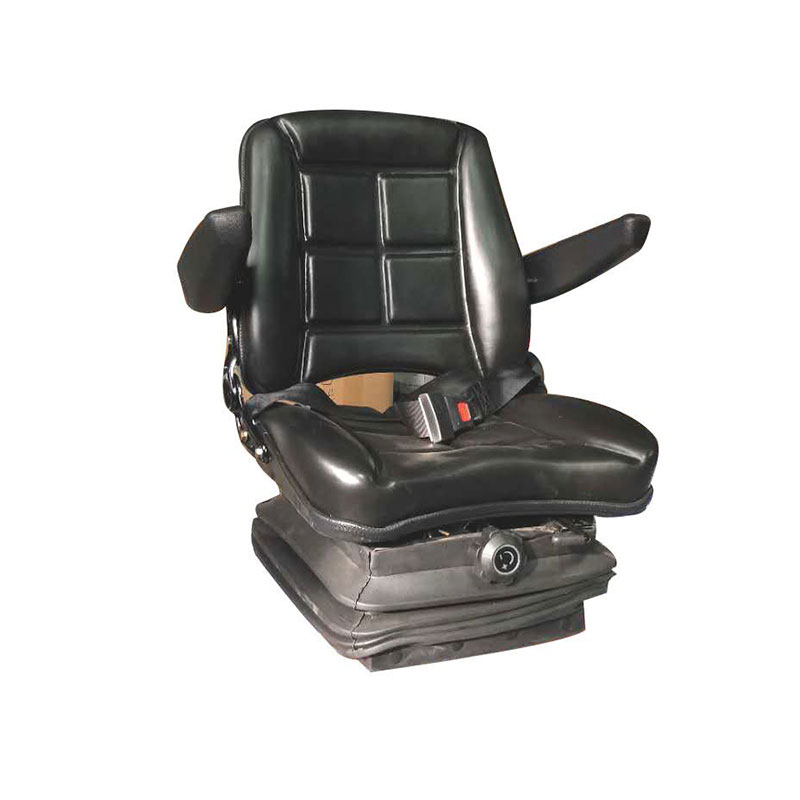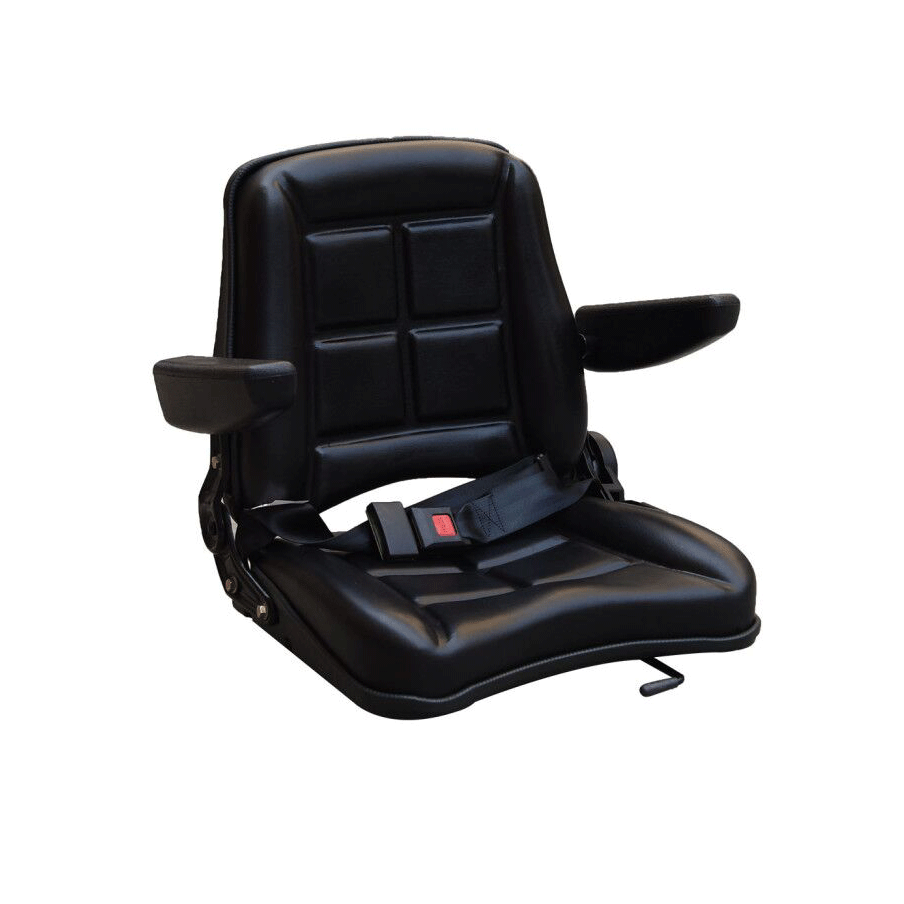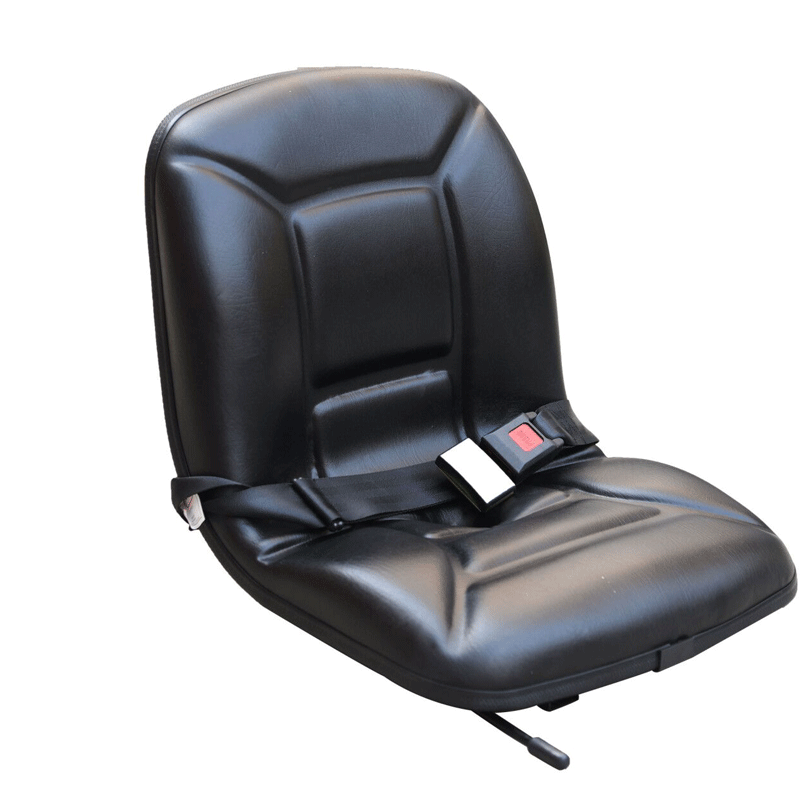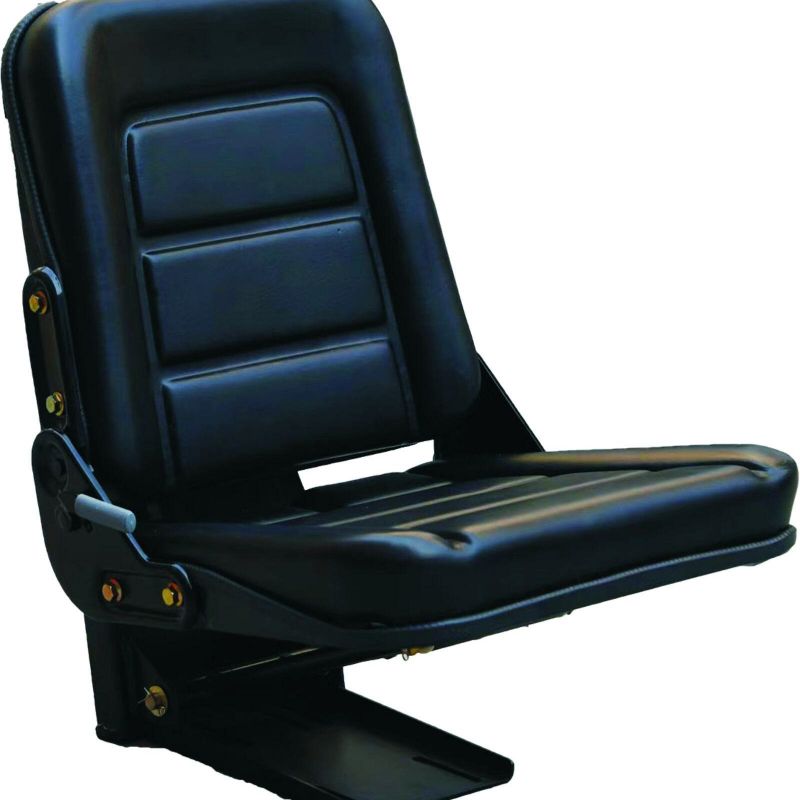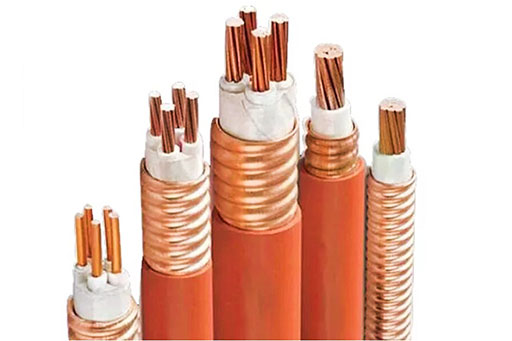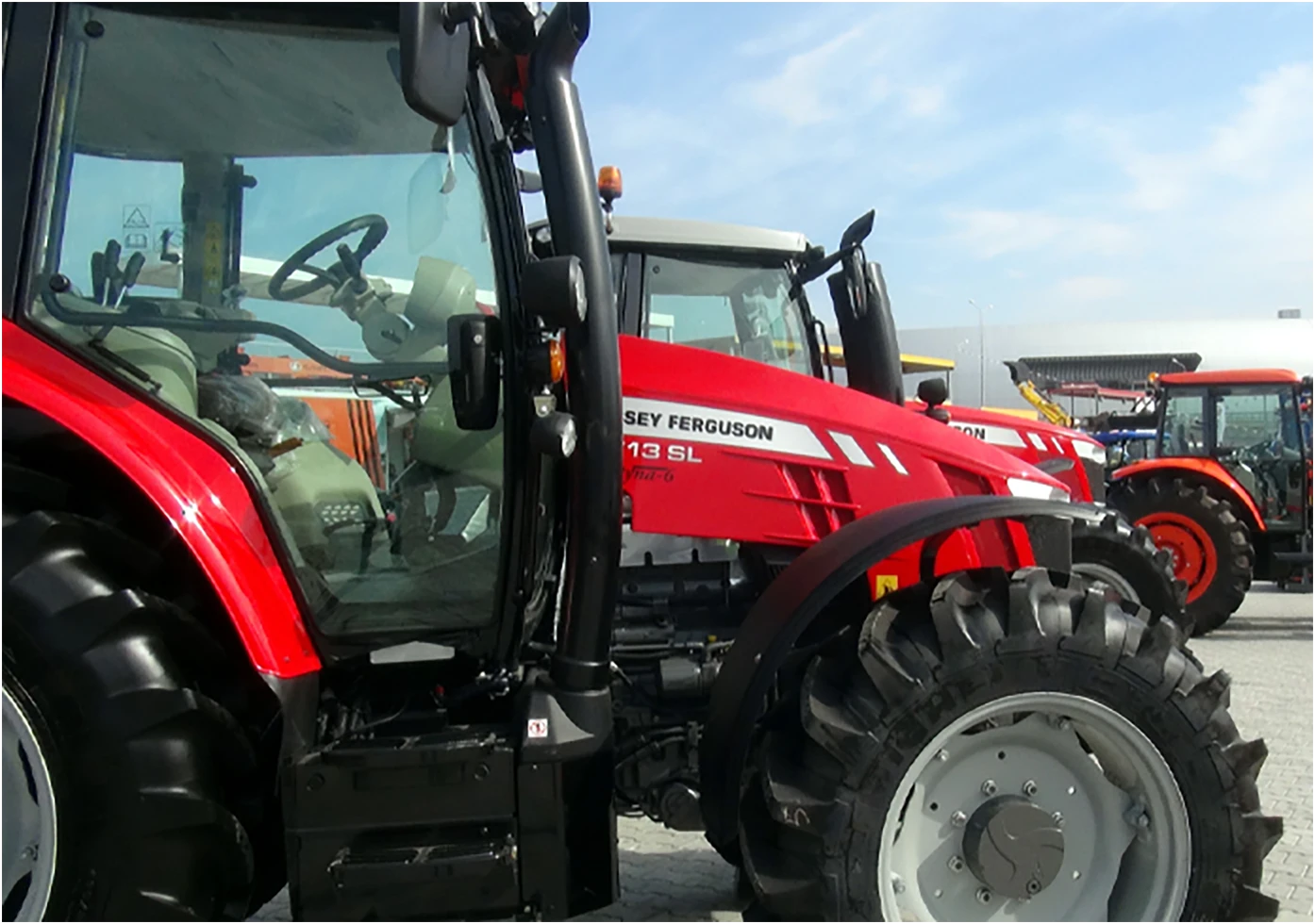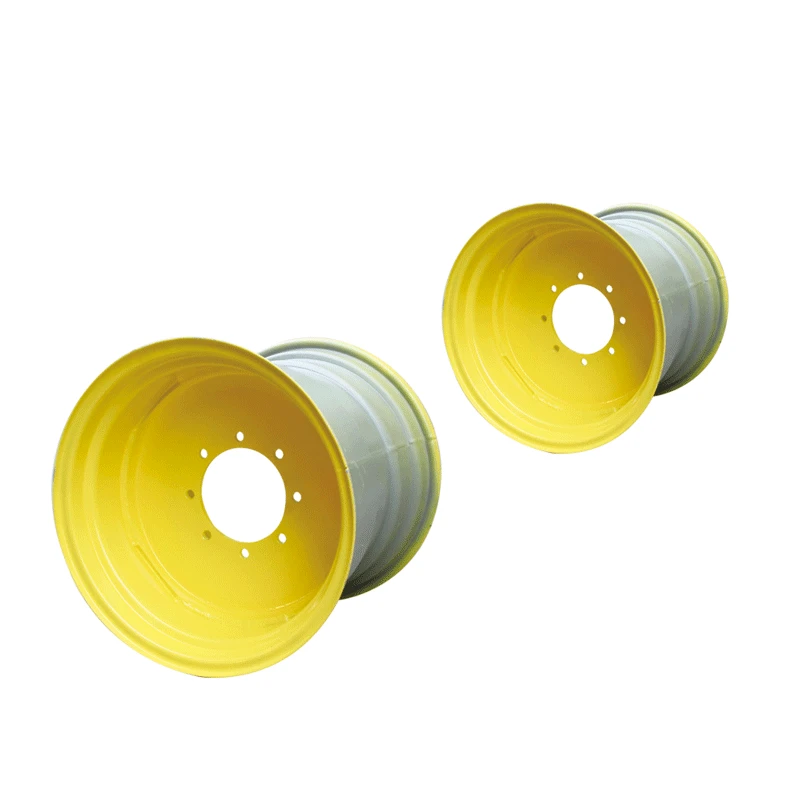Tractor wheel rims play a critical role in the performance, safety, and durability of forestry and off-road machinery. Operating in some of the most rugged and demanding environments, these machines rely heavily on wheel rims designed for strength, stability, and adaptability. Unlike conventional agricultural or on-road equipment, forestry and off-road vehicles must traverse uneven, unstable, and often unpredictable terrain such as mud, rocks, roots, steep inclines, and soft soils. The tractor wheel rim, therefore, becomes a vital structural element that directly affects machine capability and operator safety.
In forestry applications, machines like forestry tractors, skidders, log forwarders, and harvesters are equipped with heavy-duty rims capable of handling extreme stress. These rims must support large-diameter, deep-tread tires that provide maximum grip and flotation over forest floors without sinking or getting stuck. To meet these demands, forestry wheel rims are often reinforced with thicker steel and feature multi-piece construction, allowing for easier tire mounting and maintenance in the field. The rims are engineered to resist bending or cracking even when carrying heavy loads such as timber or operating on steep, obstacle-filled ground.
Off-road machinery, including utility terrain vehicles (UTVs), specialized off-road tractors, and construction vehicles used in remote areas, also benefit from rugged tractor wheel rims. These rims need to maintain structural integrity under constant vibration, sudden impact from rocks or stumps, and extreme weather conditions. In such scenarios, a failure in the wheel rim can lead to equipment downtime, safety hazards, or costly repairs. For this reason, off-road wheel rims often come with protective features like bead locks or flanges that help keep the tire in place under low pressure—especially important when maximizing traction in mud or sand.
One of the key characteristics of rims used in forestry and off-road environments is their compatibility with oversized or low-pressure tires. These tires distribute weight more evenly and reduce ground compaction, which is essential in environmentally sensitive areas like forests. The rims must be specifically designed to accommodate these tires while providing a secure, balanced fit that ensures long-term performance under tough conditions.
Corrosion resistance is another important factor. In forestry work, machines are exposed to water, sap, mud, and chemicals, all of which can accelerate rust and deterioration. Many tractor wheel rims used in this sector are treated with anti-corrosion coatings or made from alloys that can endure long-term exposure to moisture without weakening.
In summary, tractor wheel rims in forestry and off-road machinery serve as more than just structural supports for tires—they are essential for ensuring stability, safety, and efficiency in harsh and unpredictable environments. With growing demands on forestry operations and off-road transport, the design and engineering of these wheel rims continue to evolve, incorporating advanced materials and structural innovations to meet the challenges of modern terrain.
Post time: Jun . 20, 2025 16:50


